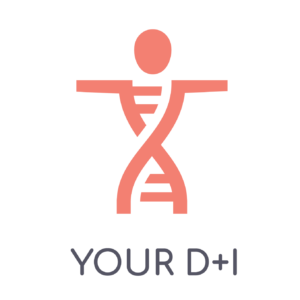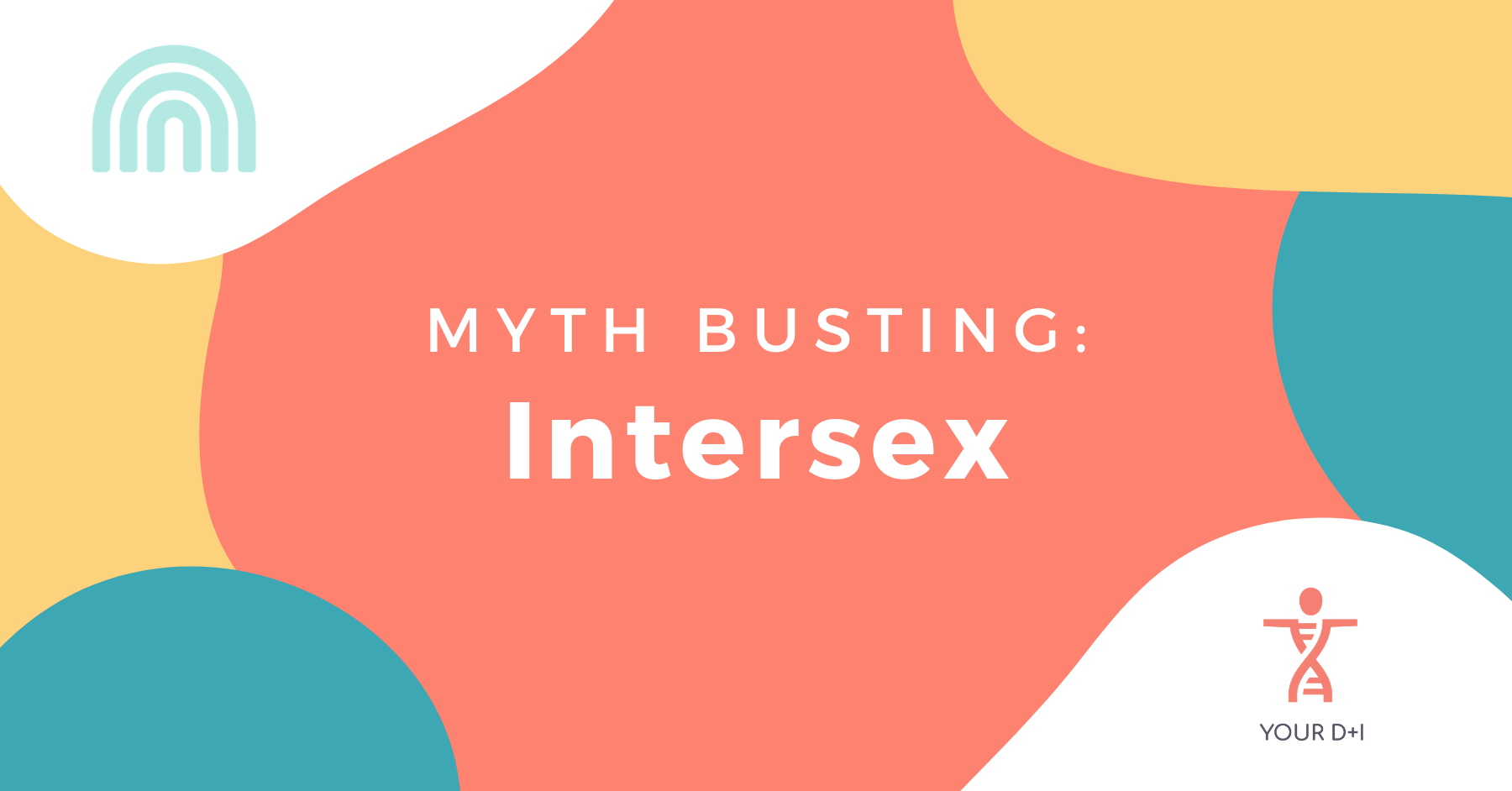Myth Busting: Intersex
It’s Intersex Awareness Day, and today’s blog post is about intersexuality! IAD is all about raising awareness of intersexuality, so we’re here to bust some harmful myths surrounding this term! Not all intersex people identify as LGBT+, particularly if they don’t also identify as trans or experience same-sex attraction. However, many people still place intersex people under this umbrella regardless. We don’t want to pigeon-hole anybody, but we’ve decided to include intersex in our Myth Busting: LGBT+ series in order to bust this myth as well as some others! Now, let’s get on to Myth Busting: Intersex!
What is intersex?
Intersex is a term for somebody whose reproductive or sexual anatomy does not conform to strict ideas of male or female. When they are born, doctors will assign them a legal sex. However, this choice will not necessarily align to the gender identity they develop as they grow up. This happens with non-intersex (endosex) people too, but an intersex person is even more likely to differ from their assigned gender.
When doctors assign a sex to an intersex baby, this happens in a different way to endosex children. This is because doctors often perform surgeries to ‘correct’ their genitals to fit the box of male or female. These surgeries are usually not medically necessary but are instead taken out to fit the child into a box. Therefore, intersex people are assigned both a legal and physical gender before they can develop a gender identity themselves.
Now that we’ve established what intersex means, let’s get on to the myths that surround this term.
‘Intersex people are LGBT+’
Like we already mentioned, not all intersex people feel they belong within the LGBT+ acronym. Does conflating LGBT and intersex prevent intersex people from getting their own visibility? Or does their inclusion give them recognition as another sexual minority? Do intersex people even want to be seen as a sexual minority?
The LGBT+ acronym is always growing, and it’s no secret that many don’t understand every identity within it. And this even goes for those within the community, which can mean smaller minorities are given less support. This means that intersex people can feel tokenised by their inclusion in the acronym.
There is no ‘yes’ or ‘no’ answer to this question (at least not from an endosex person). So what can you do? Support any intersex individuals in their identity inside or outside of the LGBT+ community. Also do not categorise an intersex person as LGBT+ if you don’t already know this is how they identify.
‘Intersex is all about genitalia’
While primary sex characteristics are a part of being intersex, they’re not all it concerns. Being intersex can also be related to a person’s chromosomes, hormones and secondary sex characteristics. In fact, there are dozens of known ways to be intersex.
It is important to normalise the discussion of genitalia to allow for dialogue on intersex genital mutilation. However, associating being intersex only with genitalia overgeneralises the experiences of intersex people.
‘Intersex and non-binary are the same’
A common misunderstanding of intersex is that it is another word for non-binary. In case you don’t know, non-binary is a spectrum of gender identities outside the binary of male and female. Examples of non-binary genders are genderqueer, agender and genderfluid. Both intersex and endosex individuals can be non-binary.
The key difference between the two is that intersex relates primarily to the physical (anatomy and/or chromosomes) and non-binary relates to the mental (gender identity). Intersex people who don’t identify as their assigned gender or its opposite might identify as non-binary or simply intersex.
‘Being intersex is not natural’
Some intersex people feel, or would have felt, more at home in their bodies without intersex genital mutilation. Being intersex is a natural way for their body to be, and this should not be overlooked just because they do not conform to binary ideas of sex.
At the end of the day, intersex bodies occur in nature and are just as natural as endosex bodies.
Many believe, in fact, that the ‘corrective’ surgeries performed on intersex children are more unnatural. Some surgeries are needed, but if your body functions and makes you happy, why should it be changed? Especially since many surgeries prioritise potential, future, heterosexual partners’ pleasure over that of the patient.
Use your knowledge!
These myths about intersexuality spread ignorance. However, they also promote harmful beliefs that lead to the genital mutilation of many intersex people. Spreading awareness instead of misinformation will not only help you become more socially conscious. It will also help the fight against intersex genital mutilation.
To learn more about LGBT+ identities, you can check out the other posts in the Myth Busting: LGBT+ series!


